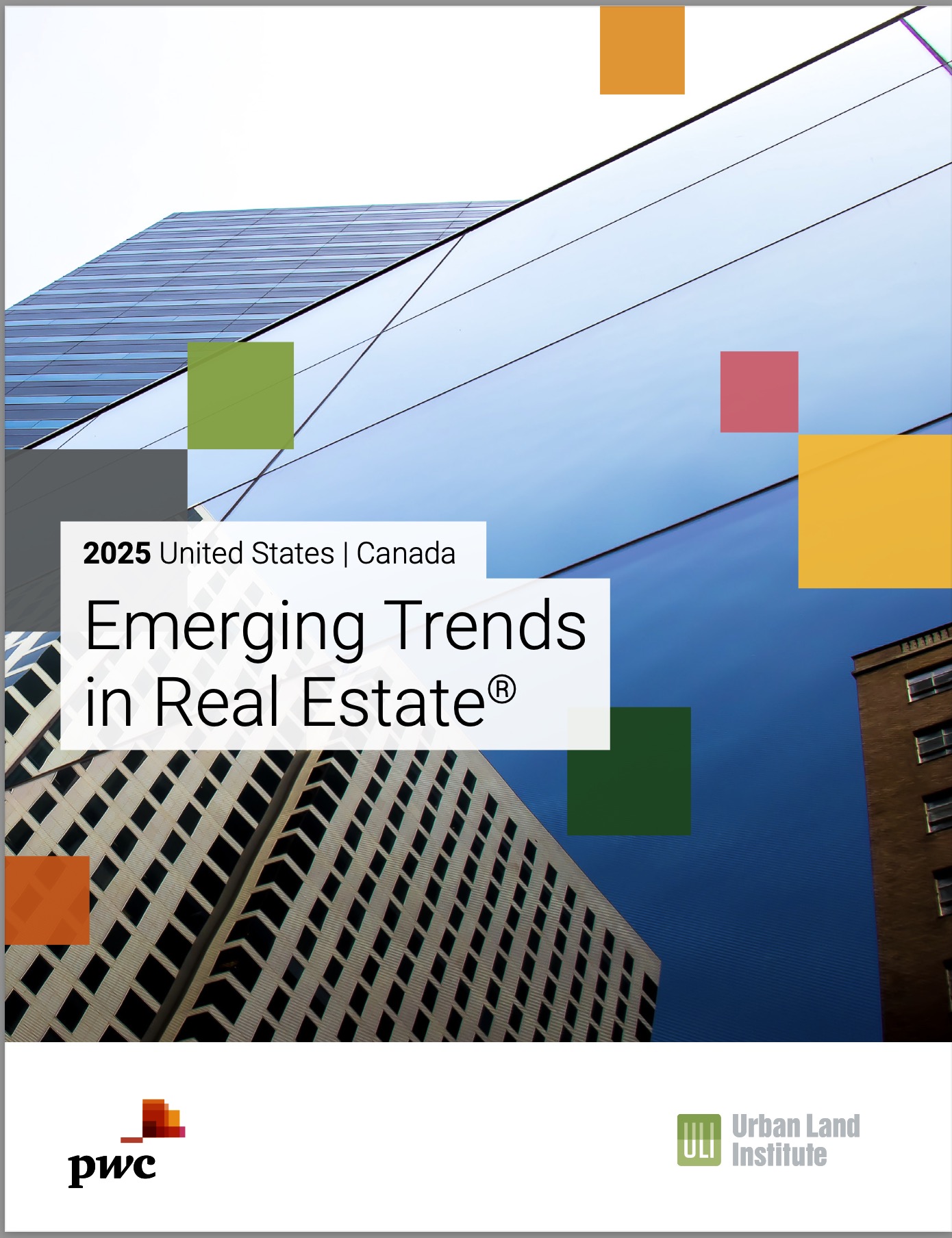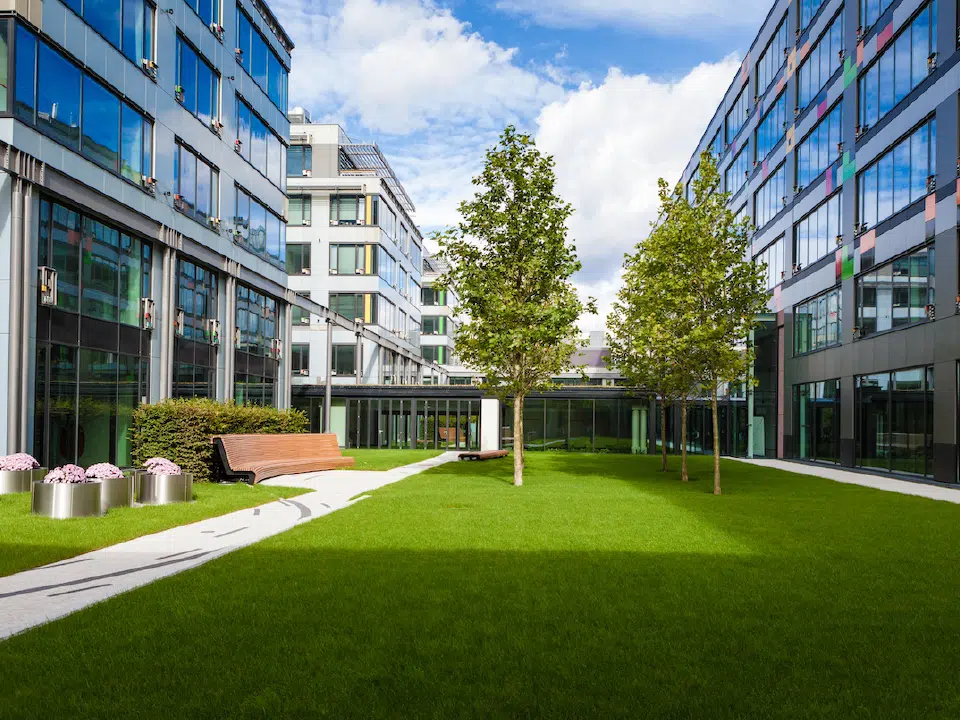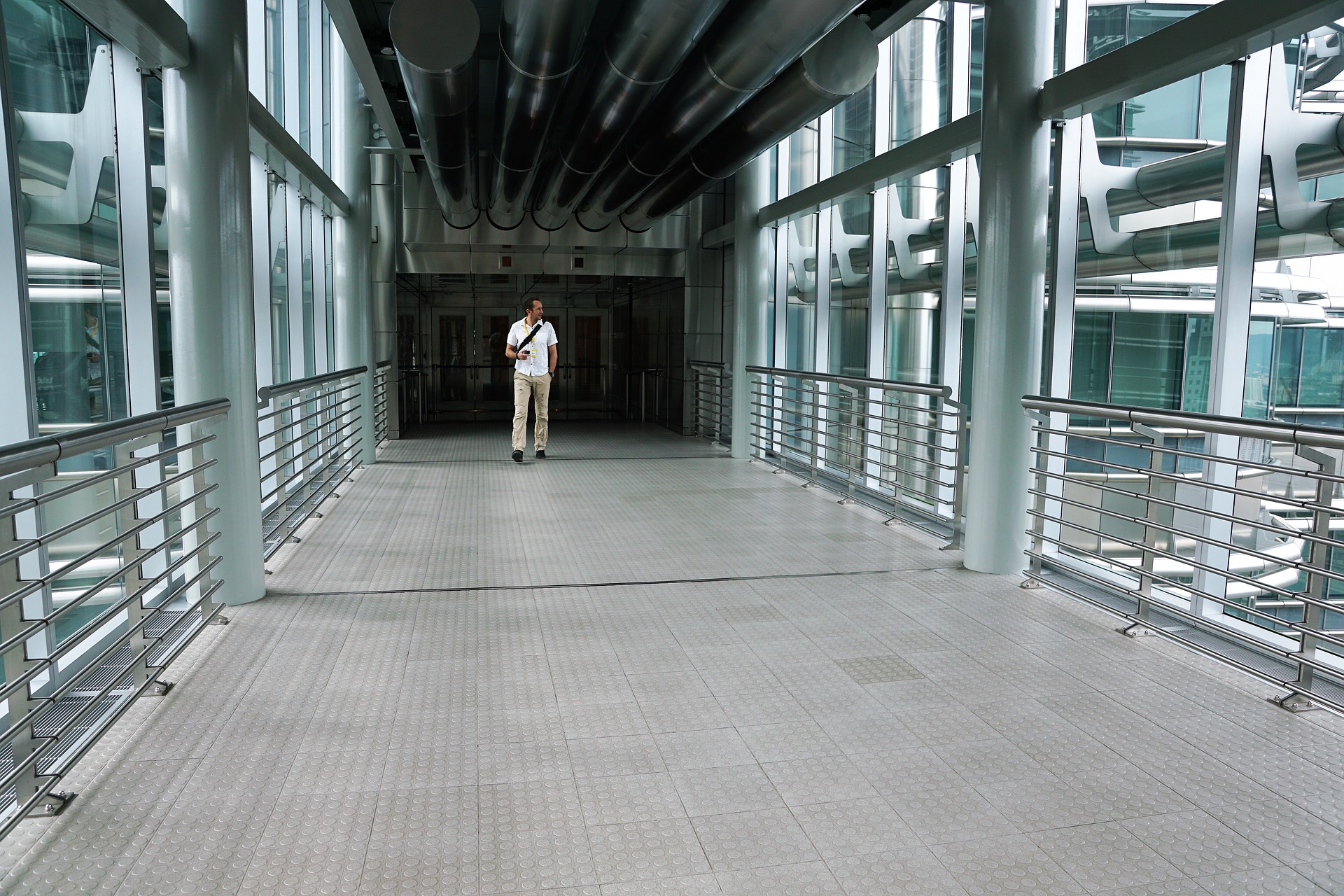I’m proud to have served again as head writer for the 46th annual edition of Emerging Trends in Real Estate, released this week by the Urban Land Institute and PwC. Thanks to all the industry leaders and experts who generously shared their time and insights for the report. Their perspectives on what we can expect in the coming years provide unique context for the report’s extensive survey data.
The key theme for this year: “The time has come.” Most obviously, time for the Fed to pivot from its restrictive battle against inflation, as Chair Powell stated in August, and start bringing down interest rates. And time for CRE investors to re-enter the markets and test the waters. It’s also high time for our industry to do more to expand housing availability and improve housing affordability. These are some of the themes we highlight this year.
A report overview on ULI’s website here.
And the full report is available for free download on ULI’s website here.










